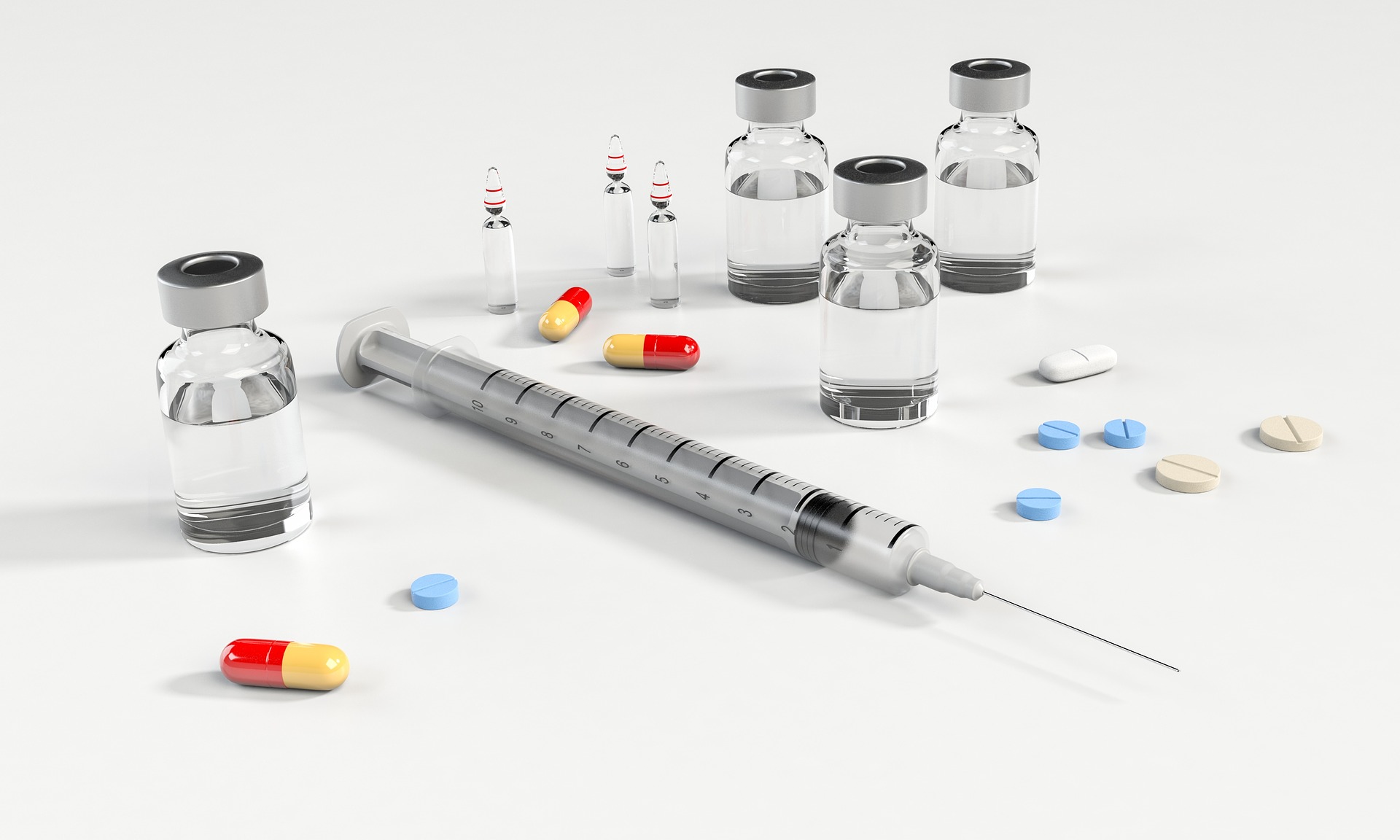
What is an opioid?
The term opioid is used to refer to the family of narcotic substances containing or resembling opium. This includes drugs that are made directly from the opium in poppy plants as well as the synthetic and semi-synthetic drugs made with the same chemical structure in a lab.
What are they used for?
Clinically opioids are prescribed for:
- Managing Chronic Pain
- Managing Acute Pain
- Cough Suppression
- Diarrhea
- Acute Pulmonary Edema- Excess fluid in the lungs that can make breathing difficult.
- Used before, during and after surgery
Adverse effects and risks with use of opioids
- Constipation
- Nausea and vomiting
- Sedation
- Impaired cognition
- Severe itchiness of the skin
- Urinary retention
- Constriction of the pupils
- Respiratory depression
- Drops in blood pressure due to sitting up or standing
- Drowsiness
- Euphoria
- Substance Use Disorder (Addiction)
Substance Use Disorder (Addiction)
Addiction is often a chronic disease. It consists of problematic behaviour that results in the use of substances that will create a rewarding effect. People will repeatedly partake in this behaviour to gain the rewarding effect despite consequences.
You can spot addiction by using the Four C’s: craving, control, compulsion and consequences. Are there cravings? Has there been a loss of control surrounding the amount and frequency of the substance taken? Is there a feeling of compulsion despite all of the consequences?
Preventative Strategies
- Safe guard medication that is in use. Dispose of any unused or expired medications.
- Discuss other options for chronic pain relief with your family doctor or pharmacist. (Use of these drugs for more than five days in a row increases the chance of addiction)
- Use exactly as prescribed
- Education yourself and seek education from your family doctor or pharmacist.
- Learn safe ways to use substances
- Learn signs of an overdose
- Medication counselling
Treatment
- Receive medication counselling
- Switching medication and receiving medications that will help manage opioid withdrawal
- Start a recovery treatment plan with your health care team
Overdose
An overdose occurs when someone takes an excessive and lethal dose of drugs. Overdoses can cause health complications and may lead to death.
Signs and Symptoms of Opioid Overdoses
- Difficulty walking, talking and staying awake
- Blue lips or nails and pale skin
- Very small pupils
- Cold and clammy skin
- Dizziness and confusion
- Extreme fatigue
- Slow, weak or no breathing
- Inability to wake up even after being shaken or shouted at
- Choking, gurgling or snoring sounds
If you witness an opioid overdose…
- Shout the person’s name and shake their shoulders
- If unresponsive call 9-1-1
- Inject naloxone as trained
- Start chest compressions or rescue breathing as trained
- Check to see if working - if there is no improvement within three to five minutes of injection repeat steps three and four
Remember to stay until the ambulance arrives.
What is naloxone?
Naloxone is an opioid antagonist. This means it can temporarily inhibit the opioids effects on the body. Once administered naloxone should start to take work within one to five minutes and will stay active within the body between 30 to 90 minutes.
In Nova Scotia naloxone kits are available for no charge to the customer at community pharmacies. Picking up a kit is completely anonymous. These kits are available to anyone who believes they are at risk or someone they know may be at risk of having an opioid overdose.
Anyone wishing to get a naloxone kit will go through a training session about how to recognize an opioid overdose and how to administer naloxone with their pharmacist. The training session should only take about 20 minutes.
Some of the ways your pharmacist can help are:
- Medication reviews
- Providing counselling on medications
- Providing advice on reducing medication side effects
- Provide naloxone at no charge (includes training)
- Provide advice on gradually reducing dose (in consultation with patient’s physician)
- Bloom Program- http://bloomprogram.ca/pharmacies/
Important Phone Numbers
Provincial Mental Health and Addictions Crisis Line: 1-888-429-8167
Kids Help Phone: 1-800-668-6868 Text CONNECT to 686868
Helpful links
- http://www.nsnaloxone.com
- https://www.canada.ca/en/health-canada/services/substance-abuse/prescription-drug-abuse/opioids/about.html
- http://www.camh.ca/en/health-info/mental-illness-and-addiction-index/addiction
- http://bloomprogram.ca/
- https://mha.nshealth.ca
Opioid Information
https://www.ismp-canada.org/download/OpioidStewardship/opioid-handout-bw.pdf
Naloxone
Where to Get Naloxone
http://www.nsnaloxone.com/where-to-get-one.html
Signs of Opioid Overdose
http://www.nsnaloxone.com/uploads/1/1/2/0/112043611/signs_of_overdose.png
Nova Scotia Naloxone Program
Learn About Opioids and Health Risks
